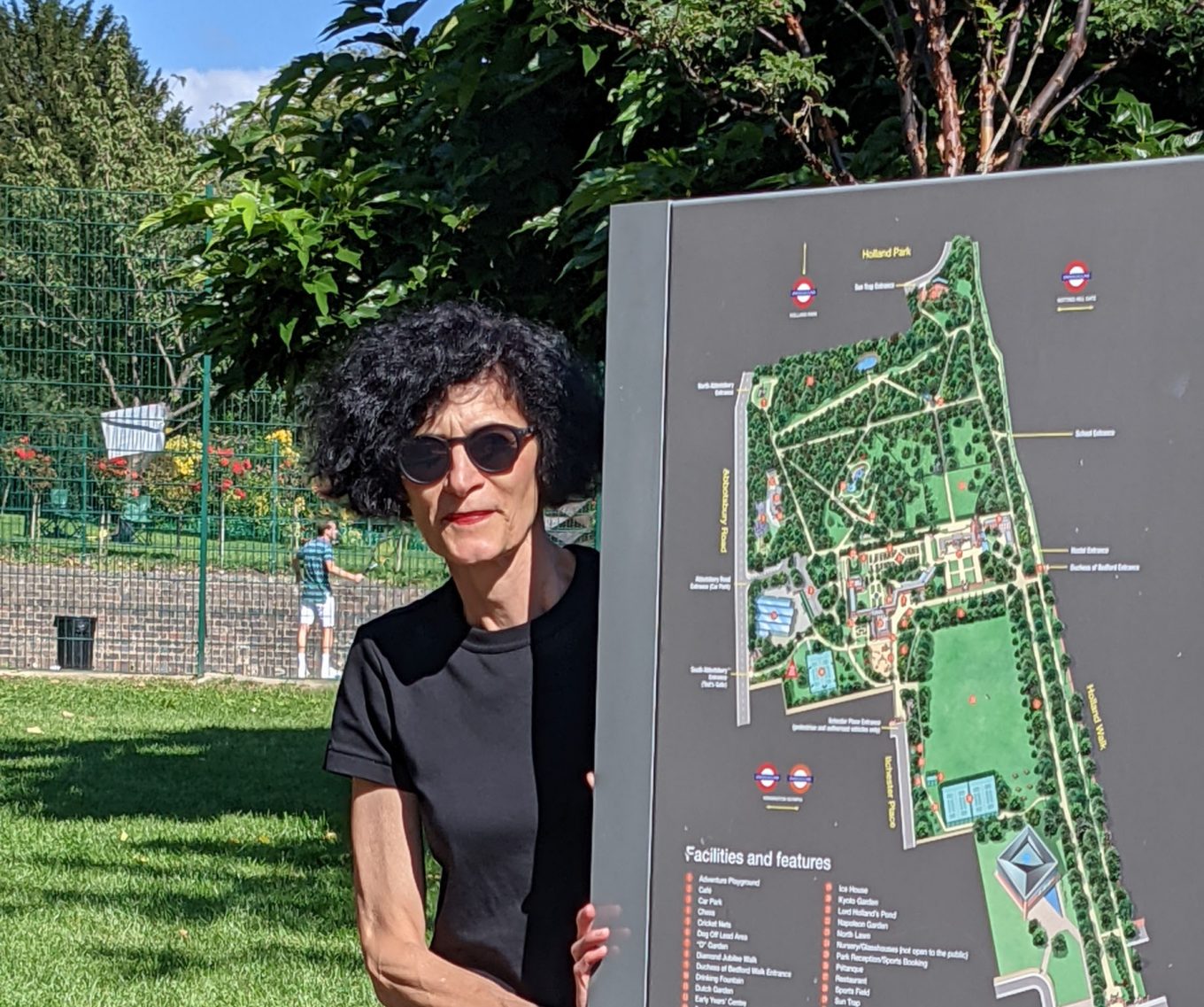Kathryn Firth, Urbanist
Since arriving in London 23 years ago I have felt incredibly privileged to be within a 7-minute walk of an extraordinarily rich and varied park.
As an urban designer I believe there are invaluable lessons to be learned from Holland Park.
When we came to London we had a small child in tow, and Holland Park offered spaces for play and birthday picnics. Over time Holland Park has played different roles in our lives, proving its ability to appeal to all generations.
It supports many interconnected outdoor ‘rooms’ and ‘platforms’, from Japanese Gardens, formal rose gardens, play areas for different age groups, sports fields, tennis courts to meadows and woodlands. One can engage with Holland Park actively or passively. It also, importantly, provides the home for an ecology centre, a youth hostel, an outdoor opera venue, a café and an art gallery, promoting a constant influx of diverse users.
It is integrated with the surrounding neighbourhood and connects two key shopping streets – Kensington High Street and Holland Park Avenue. Therefore, it is both a destination and a pedestrian thoroughfare, which undoubtedly contributes to its success.
The maintenance of any public space is, of course, critical to determining how beloved it is. Given that Holland Park is in one of London’s most affluent boroughs, the Royal Borough of Kensington & Chelsea, it is not surprising that it is well-maintained. Having come to depend on this park even more during lockdown, one hopes that parks will come to be acknowledged as a priority investment everywhere.






